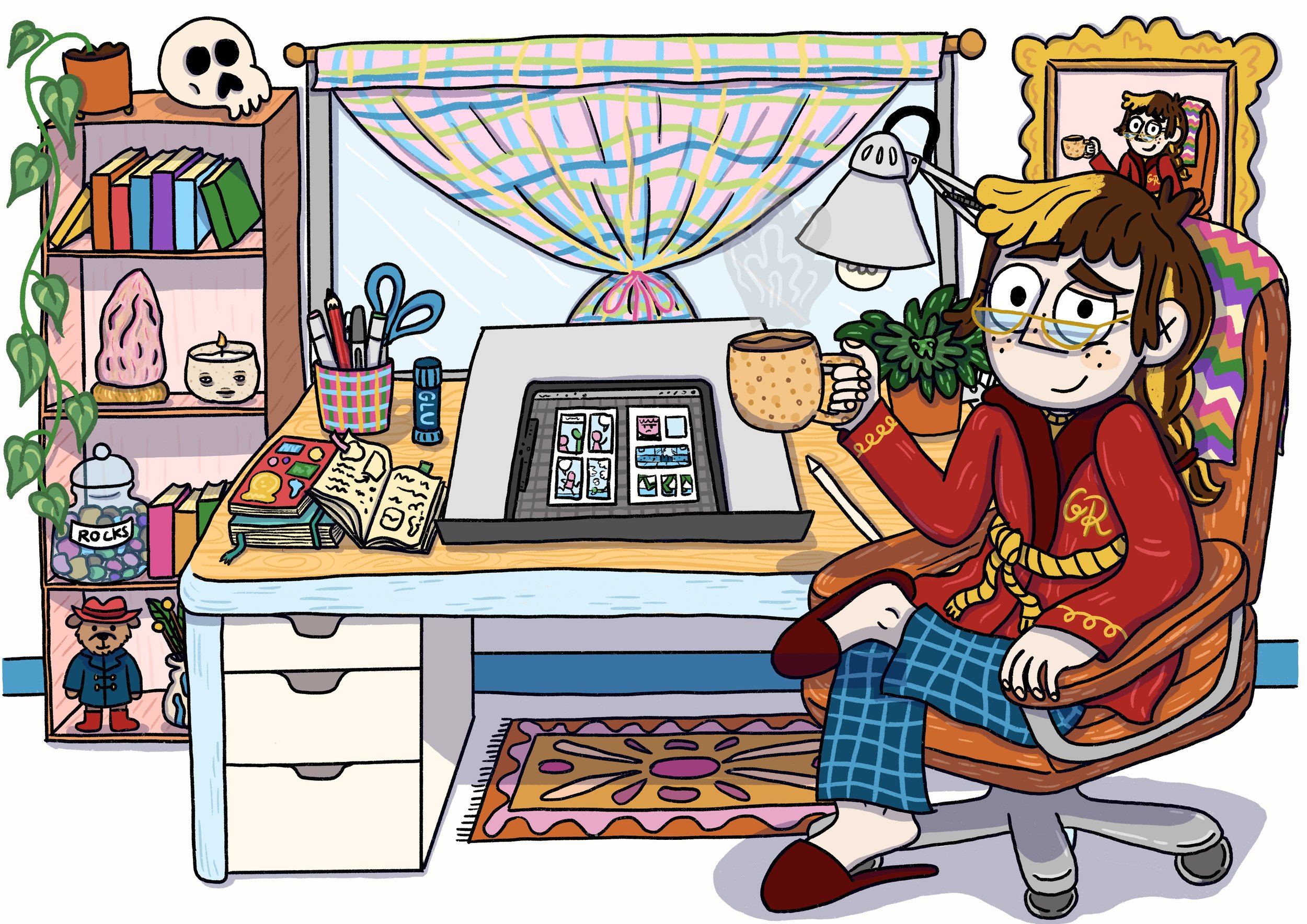Hey guys!
As I'm busy as a bee working on the thumbnails for part two of Oh Brother in preparation for my residency with the May Gibbs Children's Literature Trust in a couple of weeks, I've only got a quick little update for you this post. I've been working on a few more diagrams about day-to-day life growing up in the Chadderton household. This one is about the average mail we each received.
JSYK the residency I'll be doing through the May Gibbs trust is called the Ian Wilson Memorial Fellowship. I'll be working and living in a studio apartment in Norwood. My aim is to make as much headway as I can into the pencil draft of part two of Oh Brother. I'm hoping I can finish the whole draft of part two ready for reading by the time I finish up at the residency. While I'm there I will also be doing some networking and meeting with illustrators, publishers and children's librarians to find out about the industry side of children's literature.
Alrighty! I best be off, still so many pages to get done before I pack. OH BOY I'M SO NERVOUS.
Gx
























































































